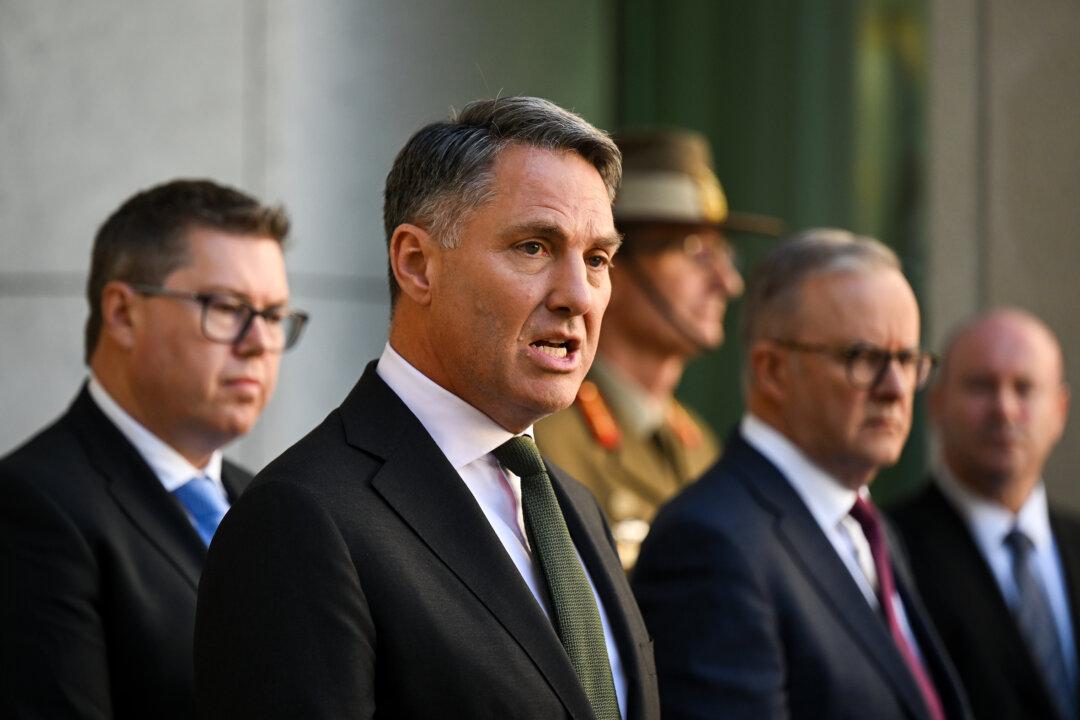Economic coercion from China could cut off Australia’s fuel supplies, crippling the vast country’s food and transport sectors, according to Deputy Prime Minister Richard Marles.
Marles, who is also Australia’s defence minister, said that Australia’s exposure to economic coercion is even greater than the risk of invasion, and the potential of such coercion going forward is also “much more significant.”




